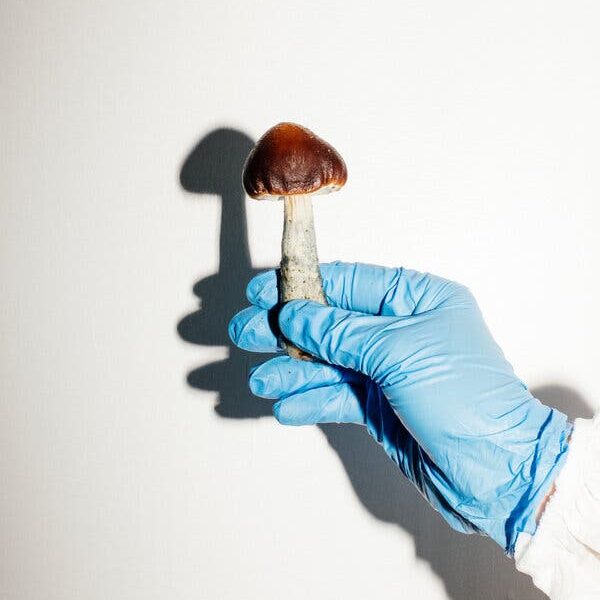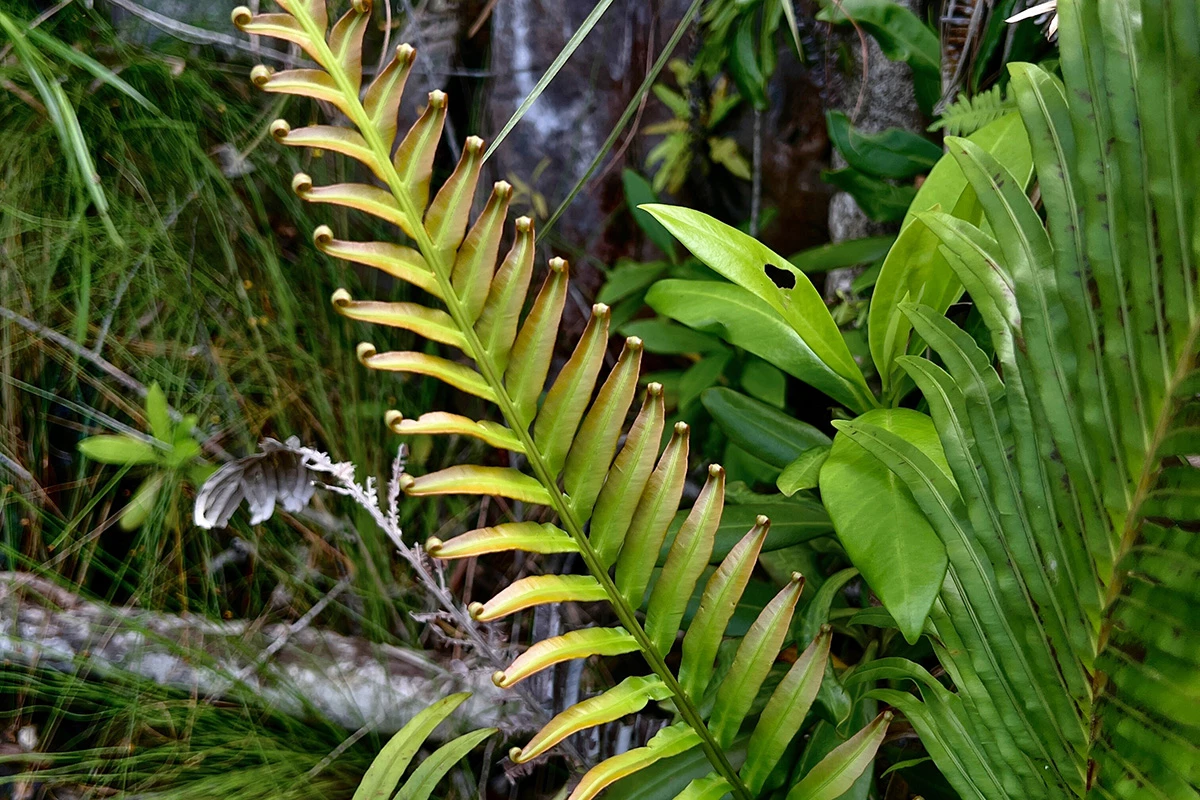Research has revealed that magic mushrooms, specifically those producing the powerful psychedelic compound psilocybin, evolved independently through distinct biochemical pathways. This surprising development was highlighted in a study published in Angewandte Chemie International Edition last month. The findings indicate that two unrelated groups of mushrooms, Psilocybe and Inocybe, both developed the ability to produce psilocybin, suggesting a complex evolutionary strategy.
According to Dirk Hoffmeister, a pharmaceutical microbiologist at Friedrich Schiller University Jena in Germany and one of the study’s authors, this discovery underscores the innovative ways in which nature can produce essential molecules. “This finding reminds us that nature finds more than one way to make important molecules,” he stated. Hoffmeister also noted that the research could provide new avenues for synthesizing psilocybin, which is increasingly being explored for scientific research and therapeutic applications.
Distinct Lifestyles of Psilocybe and Inocybe
The two mushroom groups, while sometimes found in similar habitats, have markedly different lifestyles. Psilocybe mushrooms, commonly referred to as magic mushrooms, thrive on decaying organic matter, including cow dung and decomposing plant material. In contrast, Inocybe, known as fiber caps, engage in symbiotic relationships with trees, forming beneficial partnerships that support their growth.
The connection between these mushrooms and psilocybin dates back to 1958, when Swiss chemist Albert Hofmann became the first to isolate the compound from Psilocybe mushrooms. Subsequent research has identified psilocybin in several species of Inocybe, although most of these species produce a potent neurotoxin instead.
Hoffmeister’s study not only sheds light on the evolutionary mechanisms behind psilocybin production but also opens up potential for pharmaceutical advancements. He emphasized the significance of understanding these biochemical pathways, stating, “We can expand our toolbox.”
As the interest in psychedelics grows within the scientific community, particularly for their therapeutic potential in treating conditions such as depression and anxiety, this research provides a foundational understanding of how these fungi have developed their unique properties. The study underscores the fascinating interplay of evolution and biochemistry, revealing the remarkable adaptability of fungi in their environments.
The implications of this research extend beyond mere academic interest; they could pave the way for new methods of psilocybin synthesis, potentially making it more accessible for research and therapeutic use. As exploration into the therapeutic uses of psychedelics continues, the findings from Hoffmeister and his team may play a critical role in shaping future approaches to mental health treatment.







